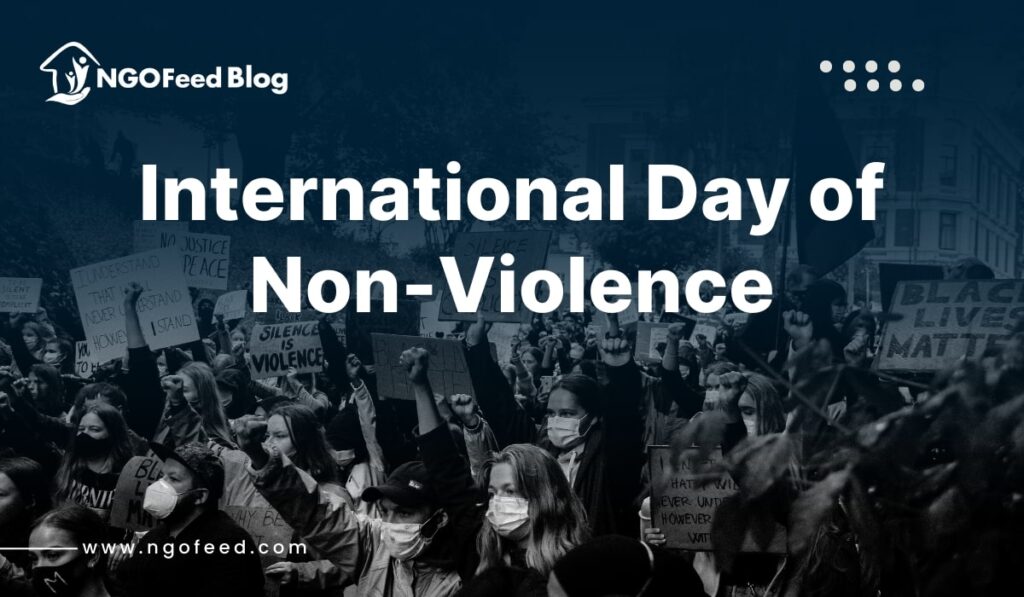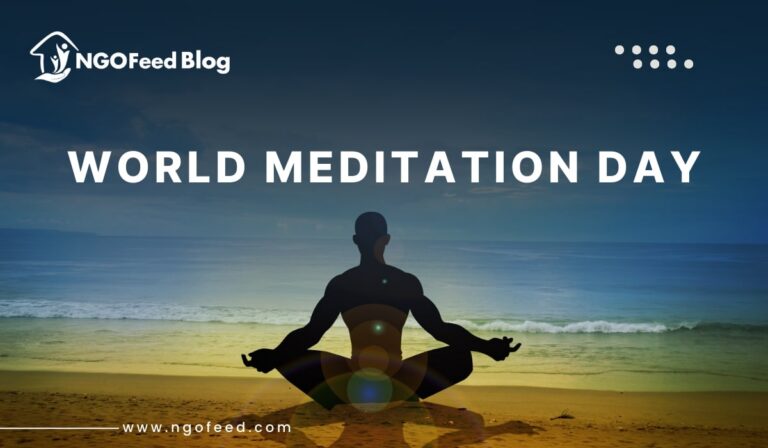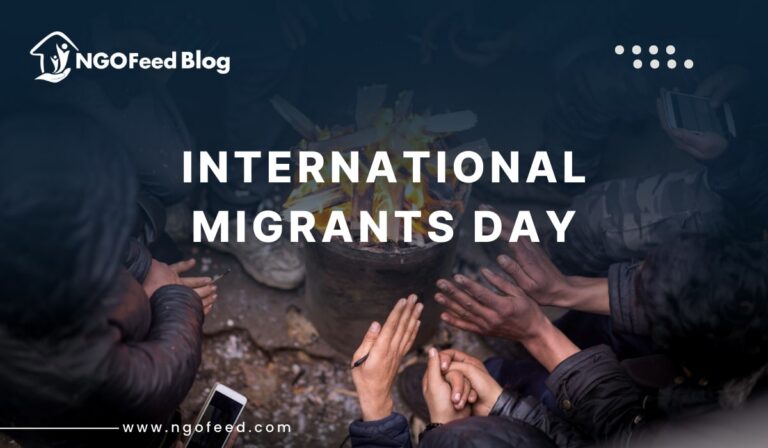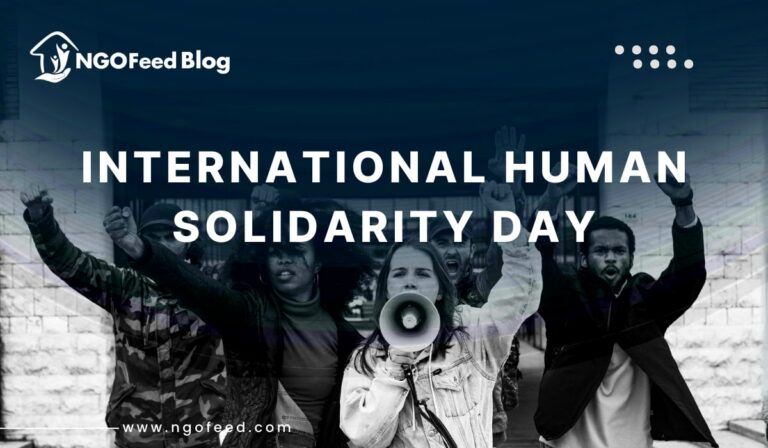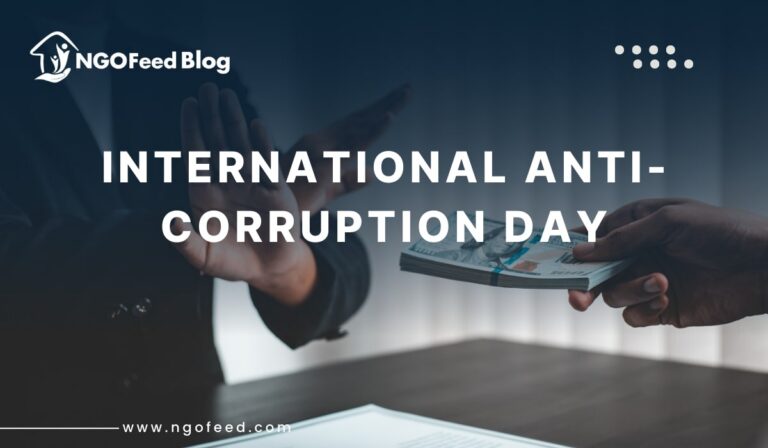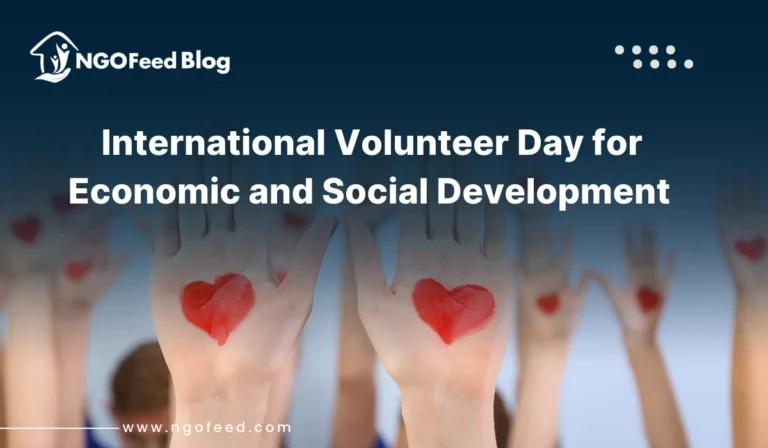International Day of Non-Violence: Mahatma Gandhi was born on 2nd October, till that day it is celebrated as Gandhi Jayanti in India and as the International Day of Non-violence all over the world. This day represents the philosophy of non-violence (ahimsa), his inspiring life, his struggle for freedom and the global story of satyagraha
It reminds us that being patient is more powerful than being angry, truth always overcomes lies, and peace is the only path to long-term unity. In today times, which is full of violence and struggles, his message is not just a sentence containing words, it is a pillar of peace for humanity.
Table of Contents
Mahatma Gandhi _ the promoter of Non–Violence
Mahatma Ghandhi (1869-1948) is remembered as the Father of the Nation in India and as a worldwide promoter of peace. He led India’s freedom movement with truth and non-violence, proving to the world that empires can fall without bleeding of innocent life.
Through the Champaran satyagraha, salt march, Non-Coorperation Movement, and quit India Movement, Ghandhi showed that courage does not come from physical violence but from mentality strength. His life to simplicity, struggle, and sacrifice inspired millions of ordinary Indians that were victim, to fight fearlessly against injustice.
Famous leader like Martin Luther King Jr. and Nelson Mandela later followed his path to bring equality and justice in their nations. Gandhi remains immortal because his greatest weapon was forgiveness over hatred.
2nd October – Gandhi Jayanti & International Day of Non-Violence
On 2nd October, India celebrates Gandhi Jayanti as a national day, while the world sees it as the International Day of Non-Violence, declared by the United Nations in 2007.
This day is not just about remembering his birthday, it is about living his values. Across schools, institutions, and communities, people organize programs, cleanliness movement, and peace campaigns. The motive of non-violence clearly defines that remind humanity that justice, equality, and human rights must always be achieved non-violently.
“You can chain me, torture me, you can even destroy this body, but you will never imprison my mind.” – Mahatma Gandhi
Story behind – The Father of the Nation
Mahatma Gandhi is called the Father of the Nation because he transformed India’s struggle against injustice into a mass movement led by truth and non-violence.
After returning from South Africa in 1915, where he had already fought racial injustice using non-violent methods, Gandhi studied the cause of Non-violence in India. Movements like the Champaran Satyagraha (1917) for indigo farmers and the Kheda Movement (1918) for farmers made him the voice of the poor and oppressed.
After, the Non-Cooperation Movement (1920–22), the Salt March (1930), and the Quit India Movement (1942) inspired millions of Indians to unite against British injustice. Gandhi never looked for desires, he lived a life of simplicity, wearing khadi and serving the people.
In 1994, Netaji subhas Chandra Bose who first declared It was Netaji Subhas Chandra Bose who first declared him as the “Father of the Nation” in 1944. The title became immortal because Gandhi gave India not just freedom, but also an identity based on courage, unity, and moral strength.
What is Non-Violence?
Non-violence, or Ahimsa, is not just avoiding physical harm. It is a complete lifestyle built on respect, tolerance, and compassion. Non-violence means choosing dialogue over conflict, forgiveness over revenge, and peace over war.
Gandhi transformed this idea into action through Satyagraha—a non-violent struggle for truth and justice. Non-violence does not mean weakness; it is the strength to resist oppression without hatred and the discipline to fight injustice without losing humanity.
“An eye for an eye will only make the whole world blind.” – Mahatma Gandhi
What is Violence?
To learn about non-violence, we must also know about violence. Violence is any act—physical, emotional, or even verbal abuse—that causes harm or division in relations. Non-violence is not limited to wars and terrorism, but also anger, physical abuse, discrimination, exploitation, and hate speech.
In the modern era, violence has also taken digital forms such as cyber harassment, online abuse, and false information campaigns. Violence weakens society, sows terror, and destroys trust. On the other side, non-violence treats wound, unites people, and builds stronger communities.
The Story Behind Non-Violence
Though Ahimsa existed in Indian traditions like Hinduism, Jainism, and Buddhism, Gandhi gave it global representation. When they faced British injustice, he refused to fight with weapons. Instead, he chooses peaceful marches, fasts, and civil disobedience.
Thousand innocents were killed and tortured, yet Gandhi chose to remain calm. His belief was solid—violence may win battles, but non-violence wins hearts. His story was one of pain, patience, and resolve, but it changed the destiny of a nation and inspired the world.
“Inquilab Zindabad” – Shaheed Bhagat Singh
Impact of Non-Violence
- Freedom through Peace – India used Non-violence as a key to injustice.
- Global Inspiration – Icons like Martin Luther King Jr. and Nelson Mandela challenged oppression with non-violence.
- Unity in Diversity- Unity across genders, caste, nations is increased by Non-violence.
- Moral Strength – It teaches patience, leniency, and words are more powerful than weapons.
- Personal Growth – Non-violence develops mindfulness, caring nature, and healthier relationships.
“Do or Die.” – Mahatma Gandhi, Quit India Movement (1942)
What Non-Violence Teaches Today’s Youth and Modern Times
In today’s world, youth face challenges of stress, competition, intolerance, and online toxicity. Gandhi’s philosophy of non-violence is more relevant than ever:
- Handling Anger & Stress – Non-violence leads to peace of mind and emotional stability.
- Respecting Diversity – In a divided world, tolerance increases.
- Leadership with Compassion – Encourages young leaders to use peaceful ways over aggression.
- Peaceful Protests & Social Justice – To make actions like eco action and equality, successful choosing on-violence is best option.
- Digital Non-Violence – Instead of spreading hate it encourages to spread Non-violence.
For young generation, non-violence is not weakness but the only key to transform society.
Conclusion
The International Day of Non-Violence is not just appreciation to Mahatma Gandhi but also a call to action for all of us. When violent actions like wars, intolerance, and conflicts, were taking place still there Gandhi’s voice still echoes:
“Be the change you wish to see in the world.” – Mahatma Gandhi
Non-violence demands discipline, courage, and sacrifice, but it is the only path that can lead humanity to peace. On this 2nd October, let us rewire ourselves to choose peace over anger, forgiveness over revenge, and love over hatred.
Because in the end—
“Non-violence is the greatest force at the disposal of mankind.” – Mahatma Gandhi
Frequently asked questions (FAQs)
Why is October 2 special?
In India, we celebrated 2 October as birth anniversary of Mahatma Ghandhi, the Father of Nation. And knows as Ghandhi Jayanti, a national holiday, while all over the world, observed as the International Day of Non-violence. This day look up to Ghandhi’s teaching of truth, peace, and simplicity. It reminds us of his struggle against injustice on Indian’s, through non-violence and his lasting influence as a global messenger of peace.
Why did Ghandhi choose non-violence?
He chose non-violence because he believed that violence only spreads hate, whereas on the other hand peace build unity. He called this “ahimsa”, meaning not to harm others. Gandhi felt that patience, love, and truth were stronger than weapons and wars. Through non-violence, he showed that even great freedom struggles could be won without bloodshed. His approach to injustice, gave hope to the poor and suppressed, inspiring the world that courage and peaceful resistance and defeat injustice more powerfully than anger or violence.
What is non-violence know in India?
In India, non-violence is known as “Ahimsa’ a principle deeply rooted in India culture. Religion, and philosophy. It means avoiding harm to any living being through thoughts, words and actions. Ahimsa was followed by leader like Mahavira, Buddha, and later revived strongly by Ghandi. It is noy just the absence of violence but a way of life that promotes peace, compassion, and respect for all beings. India, ahimsa becomes a weapon for freedom and remains a guidance for social harmony.
What is the symbol of non-violence?
The most recognized symbol of non-violence in India is the spinning wheel or “Charkha” which Ghandi used to promote self- dependence and peace. And the dove carrying an olive branch is seen as a universal symbol of non- violence. The united nation has “Knotted gun” figurine, which is a symbol of non-violence. This symbol represents power of peace over war, truth over lies, and love over hatred, reminding humanity to solve battles without violence.
What is the important of non-violence today?
Non-violence is very important for today’s time. It teaches to solve disputes like wars, conflicts, social struggle peacefully. By using non-violence, we can fight injustice, disparity, unbalance, and discrimination without spreading hatred, physical abuse or any kind of illegal activity. It builds moral values like unity, human rights and create lasting peace. Making society more, kind and cooperative by inspiring compassion, forgiveness, and understanding in daily life. Gandhi’s morals remain a timeless guide for building a healthy society.

